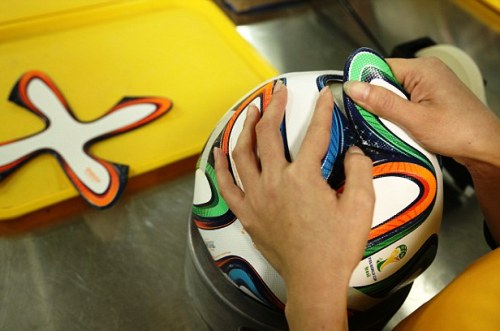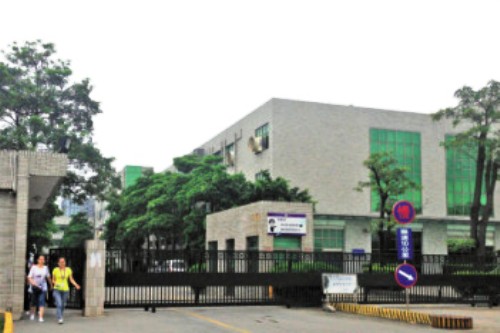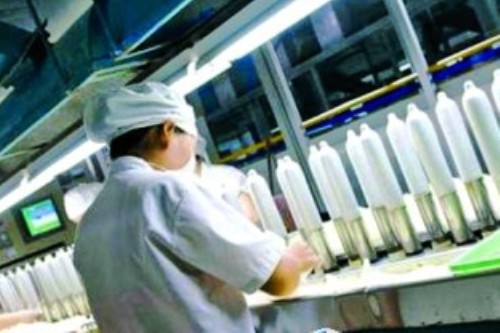Creators of China’s Atom Bomb Reminisce 60 Years Later
Posted: 10/16/2014 3:29 pm China was ushered into the modern age with its first successful test of an atom bomb on October 16, 1964, joining a small, select group of countries as a nuclear power.
China was ushered into the modern age with its first successful test of an atom bomb on October 16, 1964, joining a small, select group of countries as a nuclear power.
This achievement was made possible by a number of scientists and workers who were recently recognized for their contributions. They may be in their twilight years, but the forefathers of China’s atom bomb continue to look back with pride at their work, even if it has caused permanent damage to their health.
Atom bomb worker Ren Tie was exposed to radiation after several nuclear tests, but is proud of his service to China even though his teeth fell out when he was 50 years-old.
With 500 atom bomb developers now living in Hefei, these people did not understand the implications of what they were working on at the time. Wang Suide, who is now 76 years-old, explained the workrooms were all separated and workers were assigned different tasks, unrelated to each other:
You may not believe what I’m about to say, but it wasn’t until 1964 when I saw the first successful test of the atom bomb take place on television that I finally realized the importance of what I was doing.
The atomic bombs were developed at a secret location at State Factory No. 211 near Jinying Beach, Qinghai. Dong Yiju said the place, known as “Atom City”, was a desolate grass plain with harsh weather. He said he was forced to grow his own crops because food was so scarce:
When I first arrived, this place was just grass and scrub. There was more grass than people. There was so much sand blowing in the wind that it was difficult to keep your eyes open.
Now that their work is complete, and China has become a global power, all that is left is nostalgia from those early days:
I want to go back and see Jinyin Beach in Qinghai. It’s a captivating area.
Photo: China Daily
















